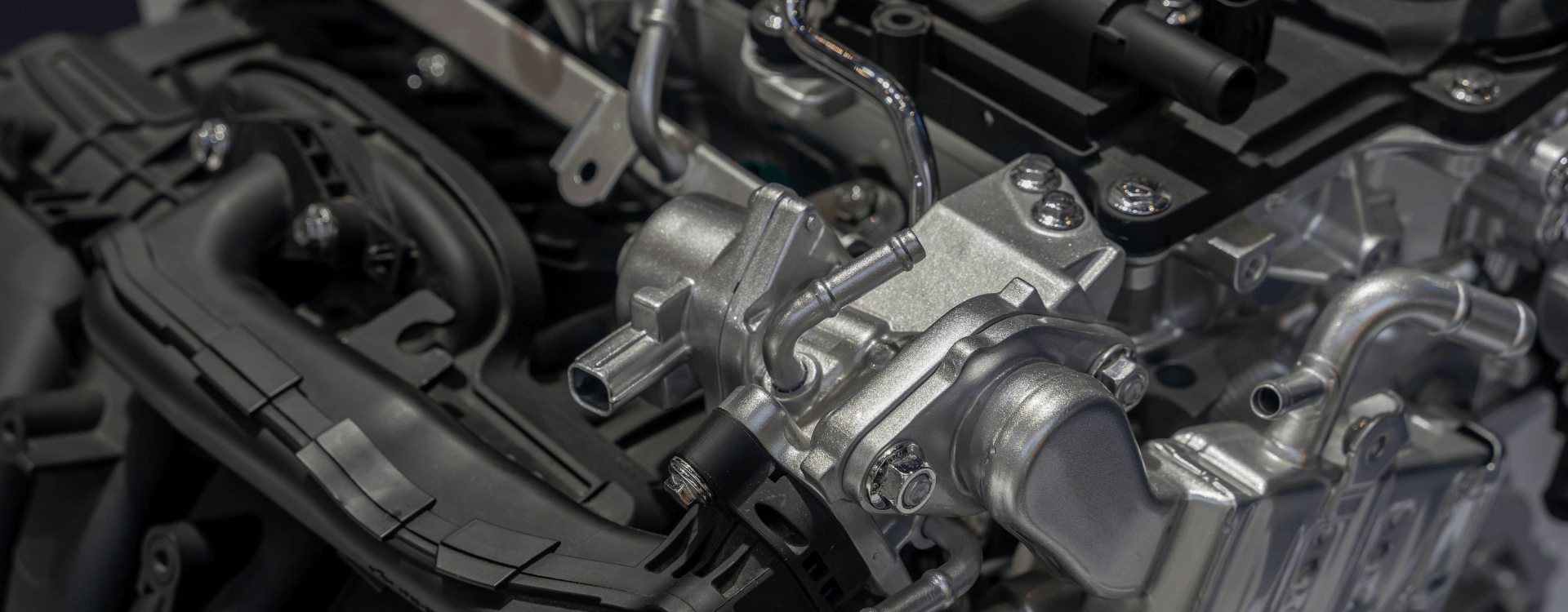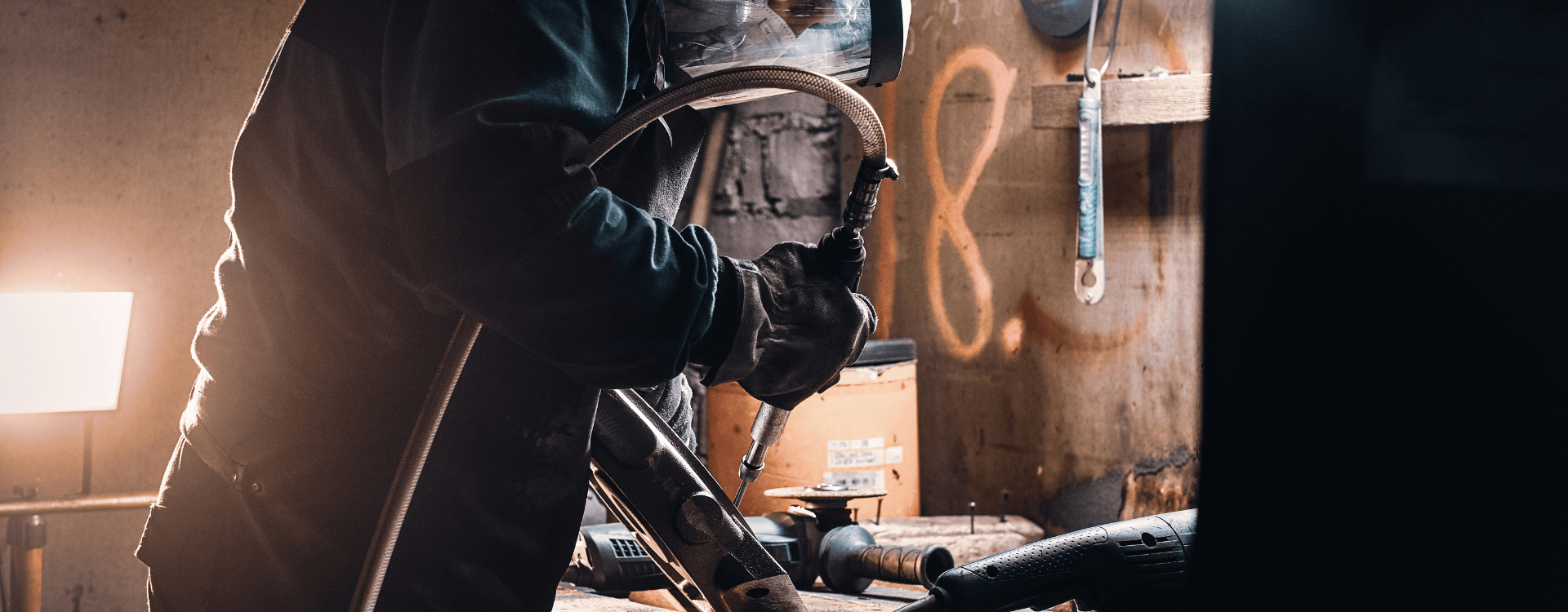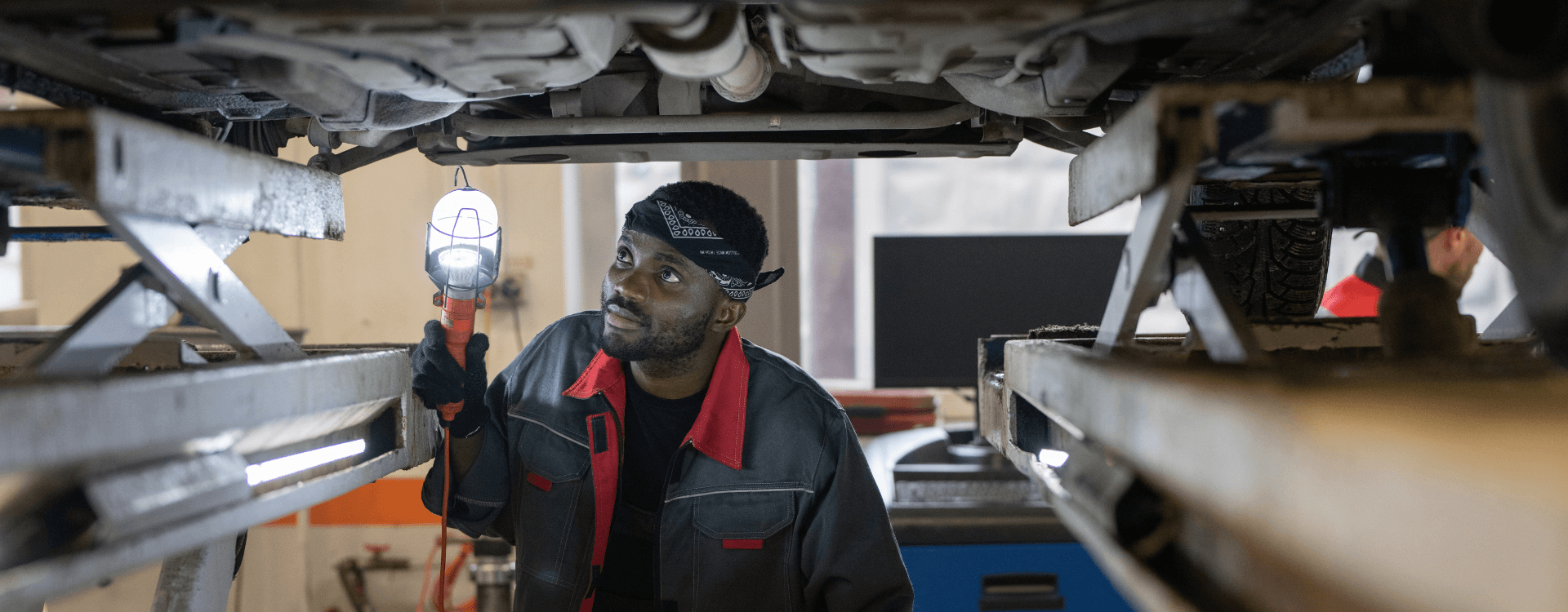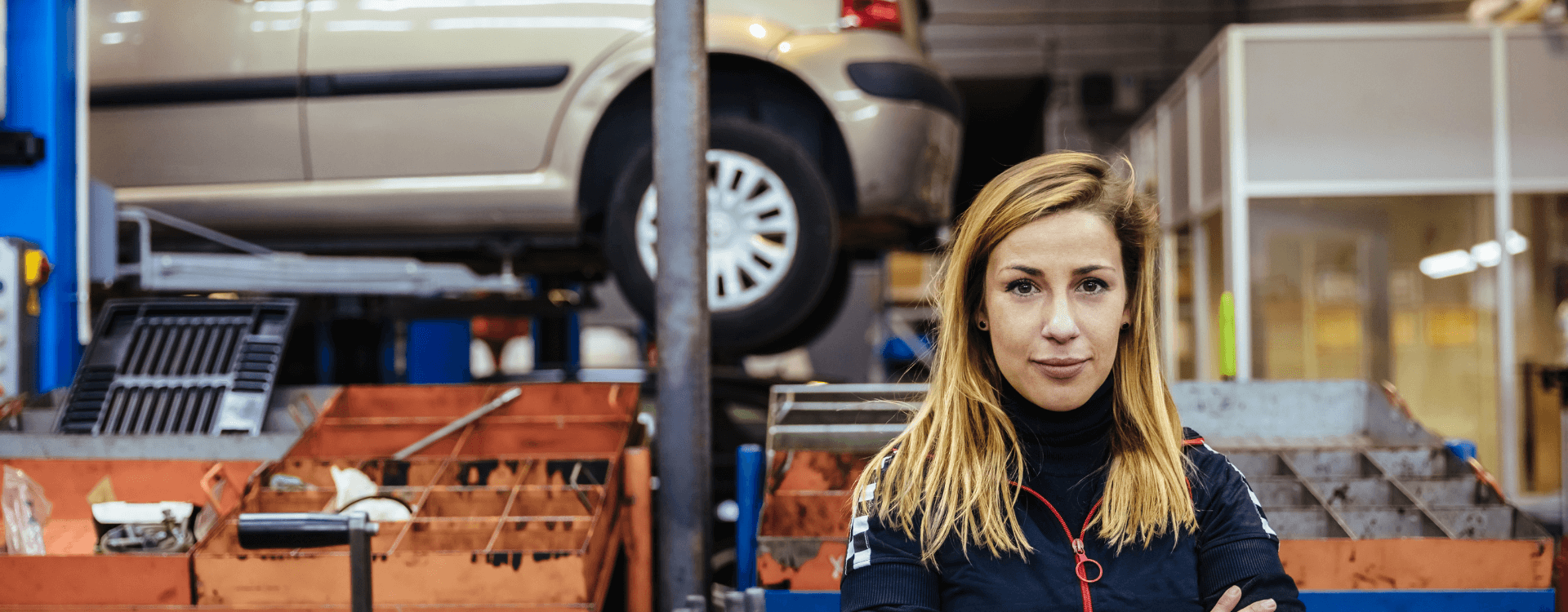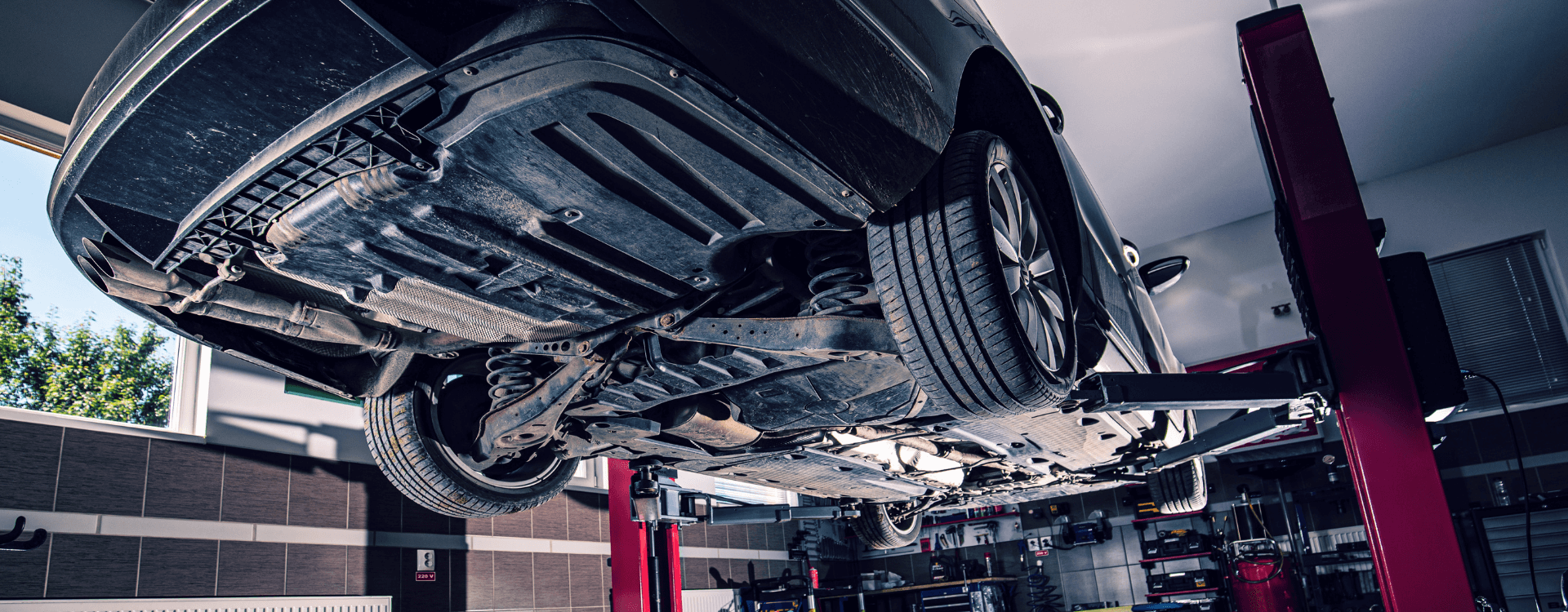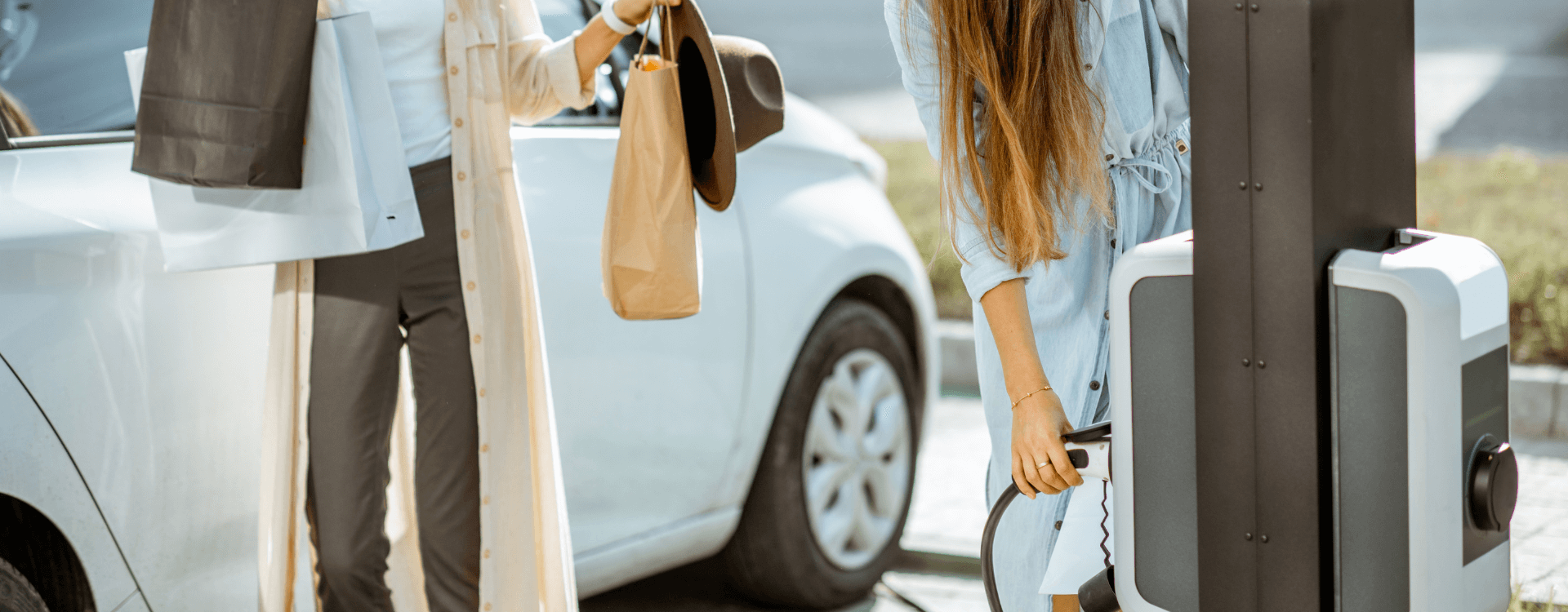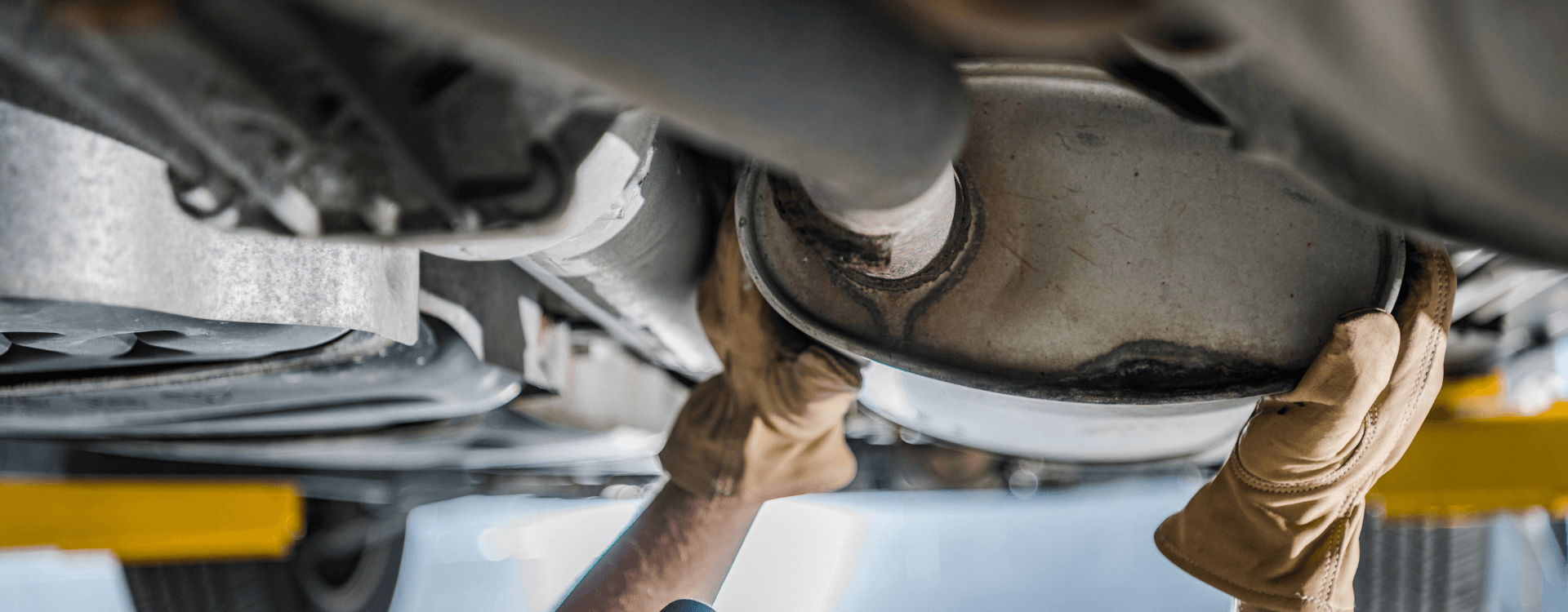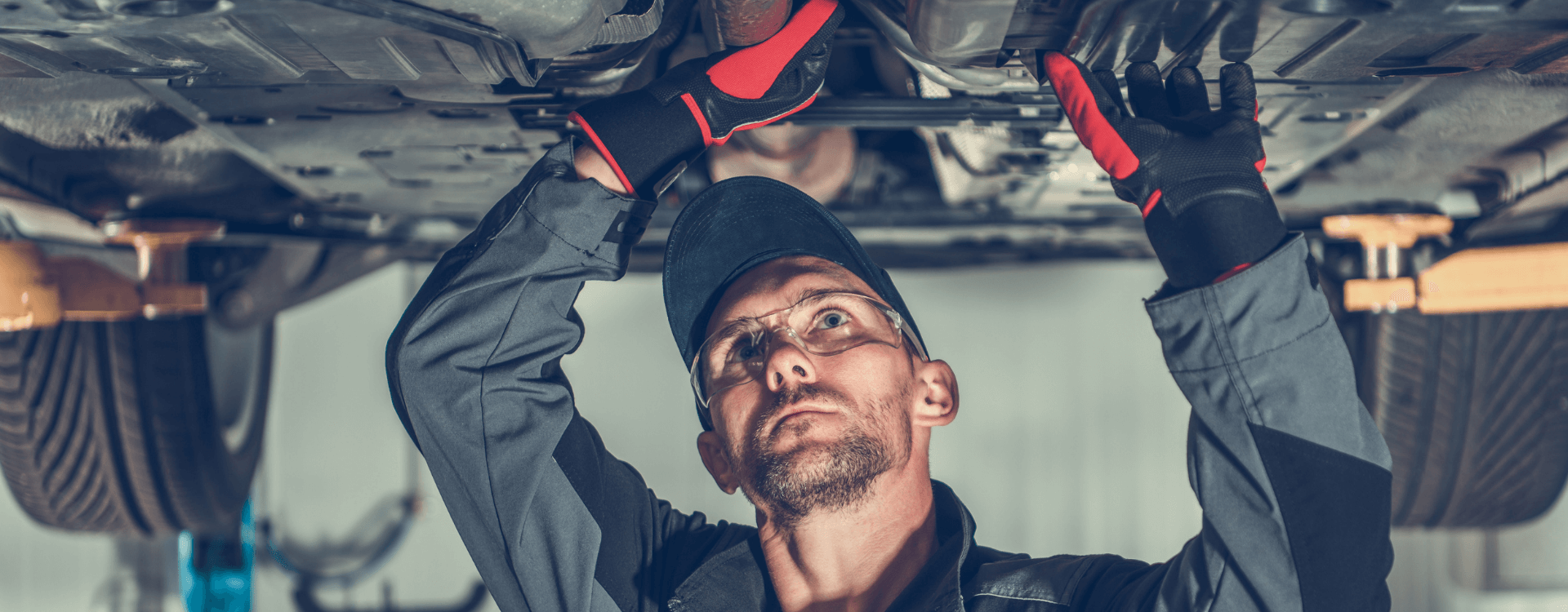
Lambda sensor, pressure sensor |All about your exhaust system
Lambda sensor, pressure sensor, so many terms with various evocations, depending on your degree of mechanical knowledge. One thing is for sure, your car is now full of all kinds of probes and sensors responsible for measuring this, adjusting that, with the aim of polluting less and consuming less. They also warn you of any defects and the urgent need to make an appointment with your garage. So the expectations we have of cars today cannot do without these little devices that take measurements at every stage of the drive and inform the driver in real time. Listing and describing every sensor under the bonnet would be long and tedious. Today we are interested in those on the exhaust line : the lambda sensor and the differential pressure sensor.
The lambda probe
Function of the lambda sensor
Developed in 1976 by the manufacturer Volvo, the lambda sensor became mandatory in 1993, with the arrival of the Euro 1 standard.
Also known as an oxygen sensor, it assesses the composition of gases from fuel combustion. Located between the engine and the catalytic converter, the probe transmits a signal to a computer, which adjusts the air/fuel mixture. This operation takes only a few moments and is carried out without your knowledge. But why exactly ? To pollute less and consume less, of course !
The proximity of the engine and the high temperatures it generates is not without consequences, as these eventually damage the lambda sensor. It is then no longer able to transmit reliable information. An incorrectly dosed air/fuel mixture leads to increased consumption for example.
Finally, note that the most recent cars, since the Euro 3 standard to be precise, also include an oxygen probe after the catalytic converter. This downstream probe is used to check the correct operation of the exhaust line and the efficiency of the process.
How to recognise an out-of-order lambda sensor
The symptoms of a lambda sensor HS are similar to those seen when a catalyst fails :
- loss of power ;
- unstable pathway ;
- increased fuel consumption ;
- thick black smoke coming out of the exhaust pipe ;
- the engine light appears.
Other than these clues, it is difficult to detect a lambda sensor failure, unless you go and check under the car ! This is why we advise you not to hesitate to change it when you replace your catalytic converter. Rest assured, an oxygen sensor lasts around 120,000 and 150,000 km. It can even last longer, depending on your driving style, the quality of the fuel you use and the general condition of your car.
What is certain is that an out-of-order lambda sensor will definitely damage the catalyst. The damage and repair costs are then no longer the same. It can't be said enough, never ignore the engine light !
The differential pressure sensor
A sensor linked to the DPF
Two rooms, two atmospheres. After our look at the catalytic converter, here's the DPFS. Two ambiences, perhaps, but the purpose remains the same : to ensure that your vehicle pollutes as little as possible. Make way for the differential pressure sensor also known as the APF pressure sensor.
This small box contains an electronic circuit and two valves, used to measure the pressure at the inlet of the DPF and then at the outlet. The differential pressure sensor tells you if your diesel particulate filter is clogged. If the ECU determines that gases are not flowing properly through the DPF, it then initiates forced regeneration to burn off the soot clogging the part.
Failed sensor = FAP in danger
The differential pressure sensor is the guarantor of the good health of your DPF. This one is regularly abused by short urban journeys. The DPF needs high temperatures to burn off the fine particles that pass through it. If the temperatures are not right, the particles accumulate in the monolith and end up clogging it. The sensor then comes into play to command the DPF to rise in temperature and clean itself.
If you want to learn more about the DPF that is fitted to your car, we refer you to our very comprehensive article on the subject. There you will learn all about its operation. You will then understand why it is imperative that you do everything possible to preserve this key part of the pollution control system.
Theoretically the pressure sensor lasts as long as a DPF. As with the lambda sensor, we recommend checking and changing it when replacing the DPF. If the FAP light is calling you to order, this sensor is also one of the first things to check, before the FAP itself.
You can perfectly well replace this sensor yourself, provided you have some time (2 hours, if you practice a little mechanics), the right tools and a safe work area, as you will have to work under the car.
The lambda sensor and the differential pressure sensor are only a small part of all the devices that equip your car. We have only dealt here with those related to the exhaust line and the correct operation of the DPF and the catalytic converter. However, you should know that they all have a very specific function : regulation of the temperature of the various fluids, measurement of lubrication, driving assistance and this list is far from exhaustive ! Their maintenance must be taken very seriously, as they serve to detect faults and alert you to the malfunctioning of a major organ.


